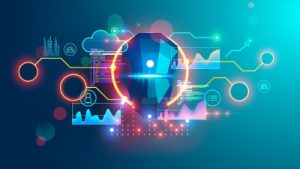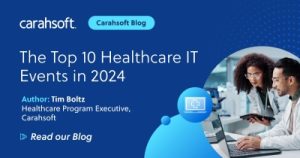
Higher education is at an interesting inflection point. While there has been much talk about the increasing cost for students, educational institutions are not necessarily reaping the benefits of these higher prices. Colleges and universities are seeing enrollment numbers decrease due to affordability concerns and a general decline in population. Additionally, the rise of the gig economy and online degree options, as well as the willingness of employers to hire and train people without college degrees for in-demand jobs in cybersecurity and artificial intelligence (AI), are all impacting the perceived necessity of advanced education.
Show Me the Data
While AI careers may no longer require a four-year degree, AI technology is proving to be invaluable in supporting the growth and success of higher education institutions. With all of the outside pressures, colleges and universities need to take a serious look at all the data they hold to determine the cost and ROI of the programs they offer, from degree options to sports teams to housing options. Information about student demographics, student performance, program revenues, and operational costs are all held in siloed systems. AI can help collate all of these disparate data sets, making connections that would take teams of humans months or years to discover. Continue reading








